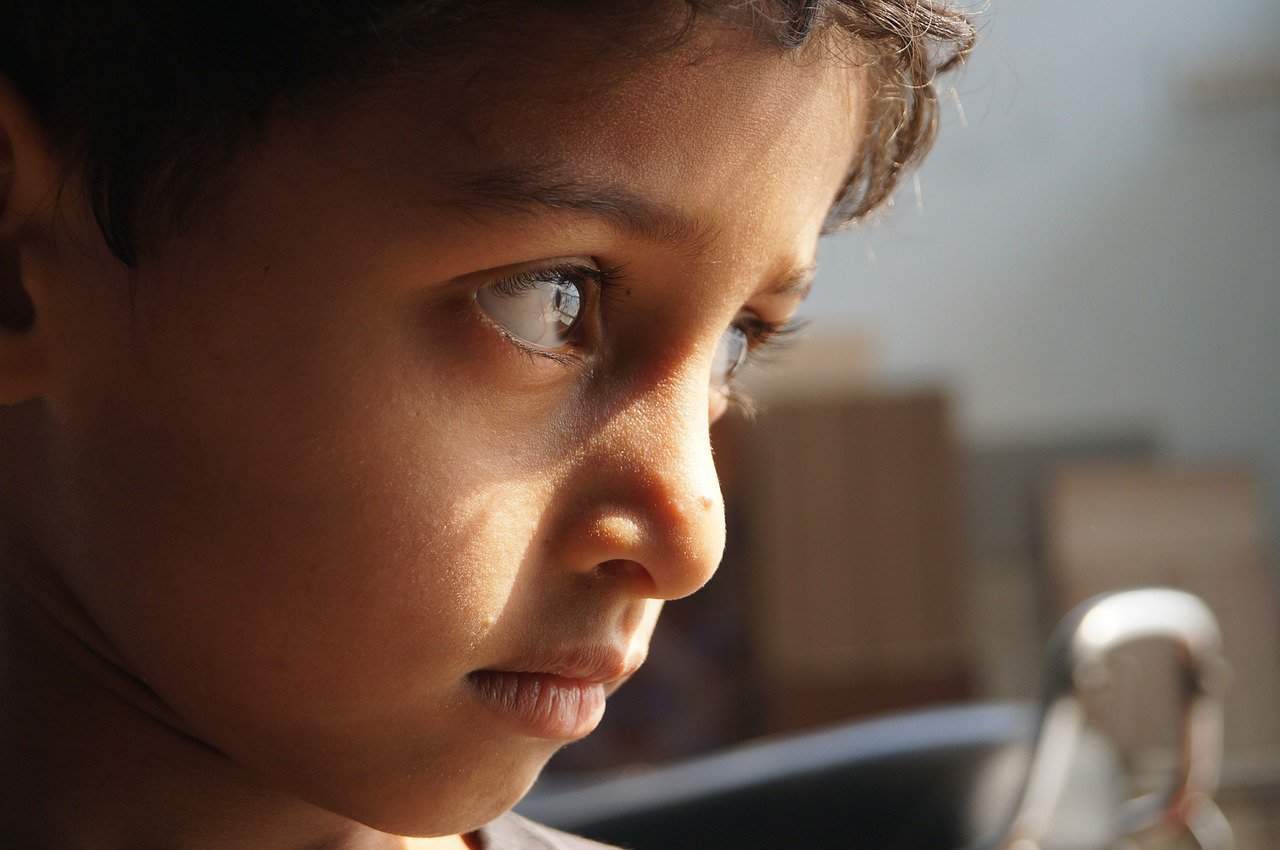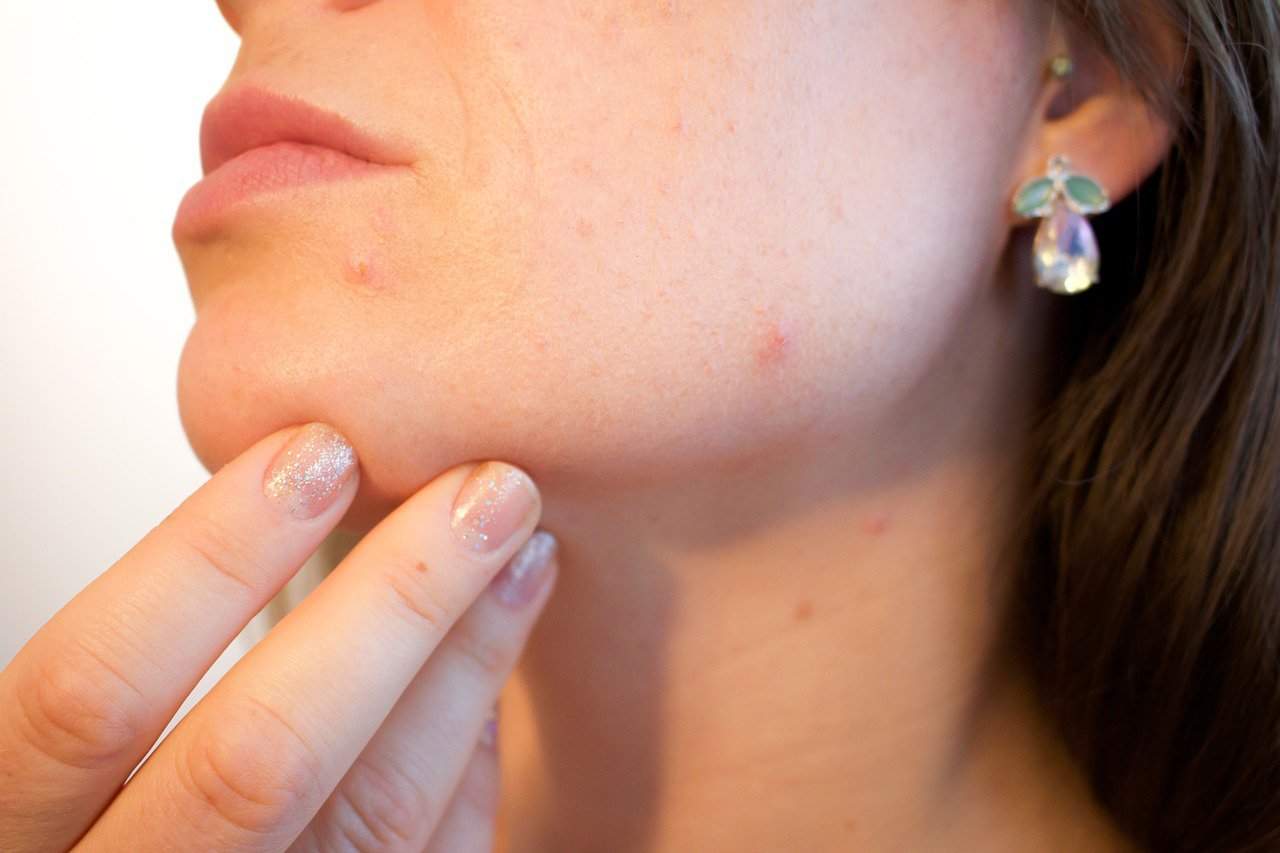Contents:
- Medical Video: Symptoms of Brain Tumors
- What is eye cancer (retinoblastoma)?
- Cat's eye on retinoblastoma
- How can retinoblastoma occur?
- Two types of retinoblastoma
- 1. Retinoblastoma heredity
- 2. Retinablastoma non-heredity (no offspring)
- How does retinoblastoma grow and spread?
- Can retinoblastoma be prevented?
Medical Video: Symptoms of Brain Tumors
Be vigilant if you see your child's eyes like a cat's eye, one of the worst risks is that your child has eye cancer or retinoblastoma.
What is eye cancer (retinoblastoma)?
Cancer is a cell whose growth and development is not controlled. While retinoblastoma is uncontrolled cell growth that occurs in the retina of the eye. Eye cancer itself is a cancerous event that almost all cases occur in children. Generally, eye cancer occurs in children under 5 years. At least 200 to 300 children are diagnosed with retinoblastoma every year.
Research conducted at national referral hospitals throughout Indonesia found that there were 10 to 12% of the total cases of retinoblastoma that occurred. Girls and boys have the same chance of getting retinoblastoma. About 60% of total eye cancer cases are present, only affecting one eye. But in 40% of other cases, sufferers develop eye cancer in both of their eyeballs.
Cat's eye on retinoblastoma
Symptoms that are often seen in patients with retinoblastoma are white bead marks on the eyes, or even "cat's eyes". The white eye bead looks like a white shadow that appears in the middle of the eye. While "cat's eye" is a term that refers to an eye that will glow yellow when in a dark place, like a cat's eye at night. If you see the sign in the child, then you should immediately check and consult the condition to the doctor. Proper handling and diagnosis of retinoblastoma as early as possible can be a child's visual ability.
SIn addition, the eyes are squinted, the eyes are red, the eyeballs are enlarged, there is inflammation of the eyeball, and the vision becomes blurred, is another symptom that often appears in patients with retinoblastoma.
How can retinoblastoma occur?
When the baby is still in the womb, the eye is the first organ that grows and develops. The eye has cells called retinal cells that fill the retina of the eye. At some point, retinal cells will stop reproducing themselves, but ripen existing retinal cells. However, in retinoblastoma, the retinal cell does not stop to multiply so that its growth is not controlled. This uncontrolled growth occurs because of the mutation of the gene in retinal cells, namely the RB1 gene. As a result of mutations, the RB1 gene becomes an abnormal gene which then results in retinoblastoma.
Two types of retinoblastoma
There are two types of RB1 gene that occur in retinoblastoma, namely:
1. Retinoblastoma heredity
About 1 in 3 children who have retinoblastoma, have an abnormal RB1 gene from birth. Although abnormal genes have existed since birth, most of these children with retinoblastoma do not have a family history of cancer. Children who have abnormal RB1 genes from birth, usually suffer from retinoblastoma in both eyes, or also called bilateral retinoblastomaeven some are accompanied by the appearance of a tumor inside the eye, which is referred to as multifocal retinoblastoma.
In addition, children who have an abnormal RB1 gene may risk getting cancer in other parts of the body, such as the brain. Children with this type of retinoblastoma have the risk of developing other types of cancer even though they have recovered from retinoblastoma. As many as 40% of patients with retinoblastoma suffer from hereditary retinablastoma, where 10% of cases have a family history and 30% occur due to gene mutations during pregnancy.
2. Retinablastoma non-heredity (no offspring)
About 2 out of 3 children who have retinoblastoma, have abnormalities of the RB1 gene when they enter childhood. The gene abnormality usually appears only in one part of the eye and it is not known how the abnormality occurs. This type of retinoblastoma does not have a lower risk of cancer in other body parts compared to hereditary retinoblastoma. Usually, this happens to children aged over 1 year or between the ages of 2 to 3 years.
How does retinoblastoma grow and spread?
If the retinoblastoma is not quickly treated, the abnormal retinal cells will grow quickly and aggressively to fill the eyeball space. Abnormal cells grow to the other parts of the eye and eventually enlarge into a tumor. When the tumor blocks the circulation of blood that should be flowed into the eye, the pressure on the eye will increase. This can cause glaucoma which causes eye pain and loss of vision.
Can retinoblastoma be prevented?
Because retinoblastoma is more influenced by genetics, the best prevention is to be able to find the incidence of retinoblastoma in the earliest possible conditions. All newborns should carry out eye examinations and do routine during the first year of life. Babies born to families who have a history of retinoblastoma before, then have to do eye examinations more often, such as once a week in the first few months and continued once a month. Children who experience retinoblastoma if treated at an early stage, then the chance to recover completely can reach 95%.
READ ALSO:
- Symptoms and Causes of Blood Cancer Myelofibrosis
- Knowing Rat Rodent, Herbal Medicine for Cancer
- More Clear About Carcinogens, Compounds that Cause Cancer












